Badshahi Mosque In Lahore
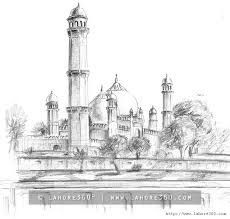
image source(google)
The Badshahi Mosque in Lahore, commissioned by the sixth Maughal Emperor Aurangzeb in 1671 and completed in 1673, is the second largest mosque in Pakistan. Epitomising the beauty, passion and grandeur of the Mughal era, it is Lahore’s most famous landmark and a major tourist attraction




image source(google)
The architecture and design of the Badshahi Mosque closely resembles that of the smaller Jama Mosque in Delhi, India, which was built in 1648 by Aurangzeb’s father and predecessor, Emperor Shah Jahan. Its design was inspired by Islamic, Persian, Central Asian and Indian influences. Like the character of its founder, the Mosque is bold, vast and majestic in its expression. The steps leading to the Main Prayer Hall and its floor are in Sang-e-Alvi (variegated marble). The Main Prayer Hall is divided into seven sections by means of multi-foil arches supported on heavy piers, three of which bear the double domes finished externally in white marble. The remaining four sections are roofed with flat domes.
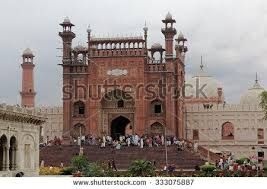
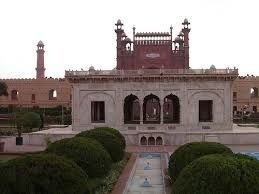
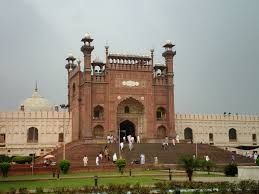
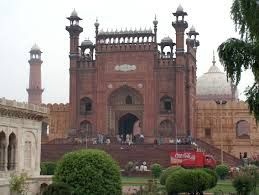
image source(google)
The interior of the Main Prayer Hall is richly embellished with stucco tracery (Manbatkari), fresco work, and inlaid marble. The exterior is decorated with stone carving as well as marble inlay on red sandstone, specially of lotiform motifs in bold relief. The embellishment has Indo-Greek, Central Asian and Indian architectural influence both in technique and motifs.
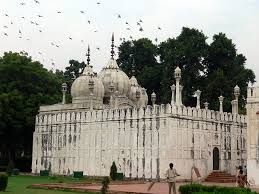
image source(google)
The skyline is furnished by beautiful ornamental merlons inlaid with marble lining adding grace to the perimeter of the mosque. In its various architectural features like the vast square courtyard, the side aisles (dalans), the four corner minarets (minars), the projecting central transept of the prayer chamber and the grand entrance gate, is summed up the history of development of mosque architecture of the Muslim world over the thousand years prior to its construction in 1673.
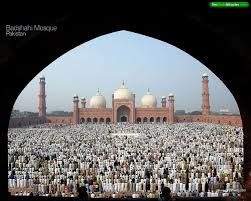
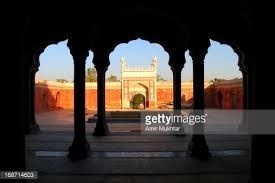
image source(google)
The north enclosure wall of the Mosque was laid close to the Ravi River bank, so a majestic gateway could not be provided on that side and, to keep the symmetry the gate had to be omitted on the south wall as well. Thus, a four Aiwan plan like the earlier Jama Mosque in Delhi, could not be replicated at the Badshahi Mosque.
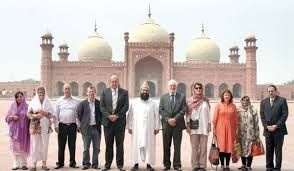
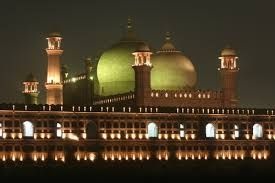
image source(google)
The walls were built with small kiln-burnt bricks laid in kankar, lime mortar (a kind of hydraulic lime) but have a veneer of red sandstone. The steps leading to the prayer chamber and its plinth are in variegated marble. The main prayer chamber is very deep and is divided into seven compartments by rich engraved arches carried on very heavy piers. Out of the 7 compartments, three double domes finished in marble have superb curvature, whilst the rest have curvilinear domes with a central rib in their interior and flat roof above. In the eastern front aisle, the ceiling of the compartment is flat (qalamdani) with a curved border (ghalatan) at the cornice level.
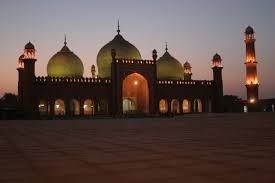
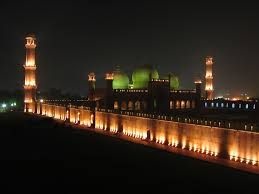
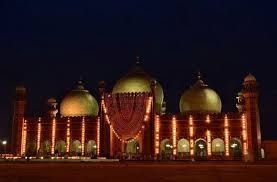
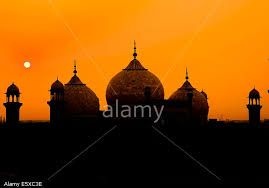
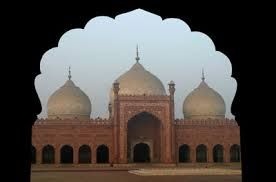
image source(google)
The original floor of the courtyard was laid with small kiln-burnt bricks laid in the Mussalah pattern. The present red sandstone flooring was laid during the last major refurbishhment (1939–60). Similarly, the original floor of the main prayer chamber was in cut and dressed bricks with marble and Sang-i-Abri lining forming Mussalah and was also replaced by marble Mussalah during the last major repairs.



